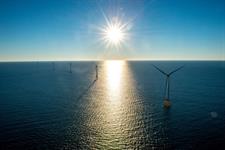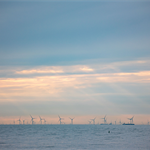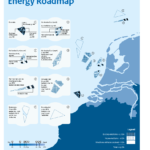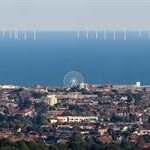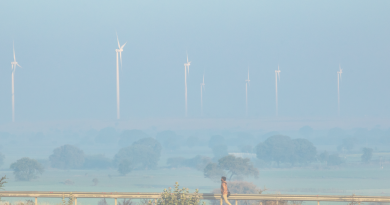US to miss 30GW offshore wind target, new report warns
Energy Disrupter
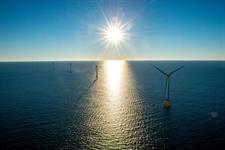
The US is due to fall well short of the Biden administration’s target of 30GW operational offshore wind capacity by 2030, according to an analyst.
Instead, the US is likely to have installed 21GW of offshore wind by 2030 – up from 42MW at present – IHS Markit warned in a new report.
The US will miss the 30GW target despite about $100 billion due to be invested in the offshore wind sector in the next nine years and increases in state-level policy commitments, federal lease sales, offtake agreements and supply chain agreements, it added.
This view is in contrast to that of engineering consultancy, Wood Thilsted, which wrote for Windpower Monthly about the challenges the US faces in reaching 30GW – but ultimately believes it will acheive. the goal.
IHS Markit believes complex and lengthy permitting processes, a lack of manufacturing facilities, specialised US-flagged installation and service vessels and dedicated ports, and poor transmission infrastructure will prevent the US from reaching its goal. Offshore wind vessels must comply with the Jones Act, which stipulates that offshore wind operators transporting components between US ports must use vessels that are built, owned and operated by US citizens or permanent residents.
The coronavirus pandemic has also delayed administrative processes, while the Bureau of Ocean Energy Management’s (BOEM’s) lengthy investigation into the impacts of the first commercial wind farms being built has delayed construction. However, as the industry matures, the permitting process may become smoother, IHS Markit noted.
“Over time and with scale, as more and more offshore wind farms in the United States are consented, equipment manufacturers will be more willing to invest and build local supply chains and new installation vessels,” said Andrei Utkin, principal analyst for clean energy technology at IHS Markit.
“But it will be a gradual process as the industry needs to see a rich pipeline of consented projects and a clear regulatory framework before committing to invest billions of dollars in local factories.”
IHS Markit sees $100 billion being invested in the US offshore wind sector in the next nine years.
This includes $500 million in port upgrades, including reinforcing and modernising port infrastructure and supporting onshore wind power activities, such as storage areas and docking of vessels to load and move items to wind farms. There are also plans for up to six new wind turbine installation vessels in US shipyards, each representing an investment of $250-500 million.
However, due to the lack of an established offshore wind supply chain currently in the US, turbine components for the first commercial projects will be mainly sourced from mature European markets until OEMs invest and open local manufacturing facilities, IHS Markit added.
The first large-scale wind farms will also be installed by European installation vessels with the support of Jones Act-compliant US feeder vessels.

